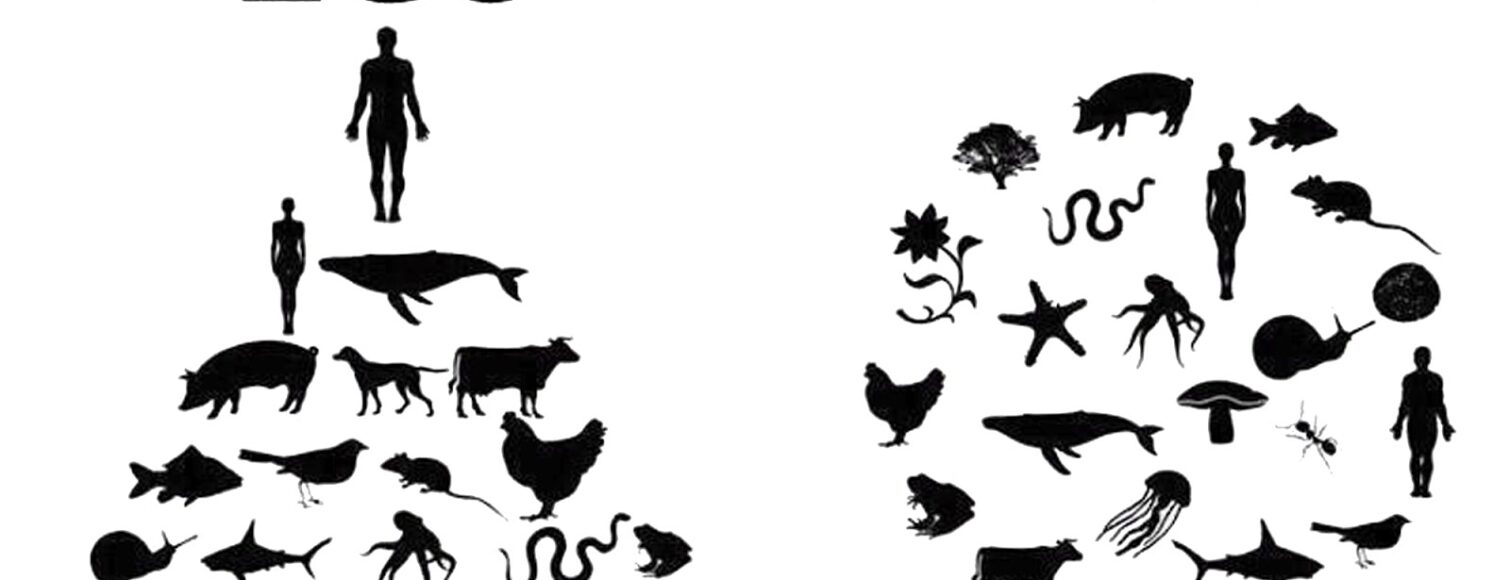When we talk about public space, we usually think of squares, parks, and streets – places where people meet, move, protest, or rest. But public space is always political: it shapes who is visible, who can speak, and who is heard. Some people are given a voice, others ignored.
If we take a broader view, there is a much larger group that hardly has a voice: the non-human. Trees, birds, insects, fungi, rivers, even microbes in the soil exist in our cities and landscapes, yet we plan and build as if they do not matter – at most as decoration, or for economic utility. This is a perspective we can no longer afford.
In an era when nature returns like a boomerang – extreme weather, heatwaves, droughts, and floods are no longer abstract warnings but concrete consequences of ignoring life around us – it becomes clear that public space can no longer be exclusively human. Giving space to exist, human and non-human alike, strengthens the ecological resilience of our cities.
Sometimes it feels as if the Earth itself archives our mistakes. A dead albatross on a remote Pacific island, its stomach full of colorful plastic caps. A lake in Siberia whose sediment preserves radioactive isotopes, a legacy of nuclear tests. Microplastics now circle the globe as a new geological signature – a future fossil layer of ourselves.
We live in the Anthropocene, a time when humans have become a geological force. Such power brings responsibility. Physically, we accelerate entropy, the natural tendency of systems toward disorder. Life itself is a temporary slowing of that arrow of time, a local ordering that uses energy to create structure and relationships. And that works only in cooperation.
Evolution rarely hinges solely on survival of the fittest. Often it is survival of the connected. True, in nature animals sometimes try to kill one another: predators hunt, plants compete for light, bacteria fight for nutrients. But that struggle is only one layer of the story. Beneath it lies a deeper principle: cooperation, symbiosis, and mutual dependence. Mitochondria in our cells were once independent bacteria; they survived only by joining a host. Plant root networks share nutrients via fungi, bees pollinate flowers while gathering food, and microbes around our bodies cooperate to keep our digestion and immunity functioning.
It is this interconnection that makes life resilient, not brute struggle alone. Without cooperation and shared interests, ecosystems collapse, and no species – human or non-human – can maintain stable habitats. Connectedness is as evolutionarily successful, perhaps more so, than competition. Donna Haraway calls this “staying with the trouble”: learning to live with the complexity and vulnerability of the web we belong to, rather than pretending we can control it. Only by recognizing and nurturing relationships can we locally slow the arrow of time, curb chaos, and create space for life.
As the Japanese philosopher Kitarō Nishida wrote: “Space is not where things exist, but where relationships arise.” Taking this seriously transforms our orientation: space is not merely somewhere to move through, but a network of relationships. A city that gives space to the non-human is not only ecologically resilient but transforms how we perceive and act. Breathing, photosynthesis, nutrient cycles – every life-sustaining process connects us directly with other species and systems. Sharing space and listening to non-human signals lets us experience the interconnection of life.
This awareness evokes ethical values such as care for other living beings, reciprocity with ecosystems, a deep responsibility for resilient networks, and the appreciation of otherness — the recognition that other species and systems have intrinsic value, precisely through their connection to us. It also cultivates existential values: attention to the complex web we inhabit, humility in our ambitions, and connectedness as a guide for action. Human culture, science, and technology are not autonomous powers but ways to participate in a larger web. Our actions shape the ecosystem, and we are shaped by it.
This concept of shared space becomes tangible at the upcoming event in the Library Hall, where philosopher Sophie van Balen and a strandbeest by Theo Jansen will allow us to experience what it truly means to share air, life, and Earth. Join us, in thinking and creating a truly inclusive world.

